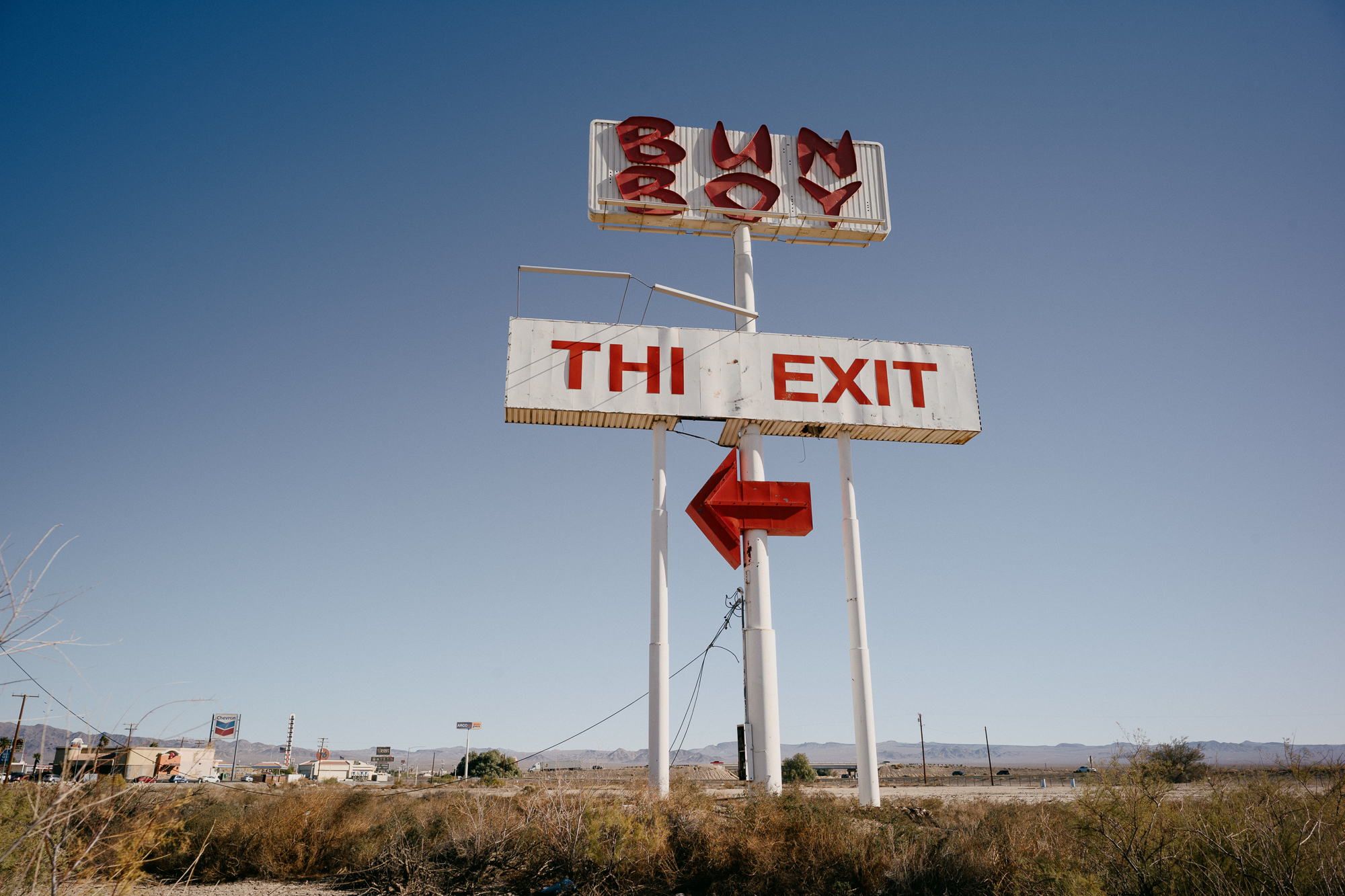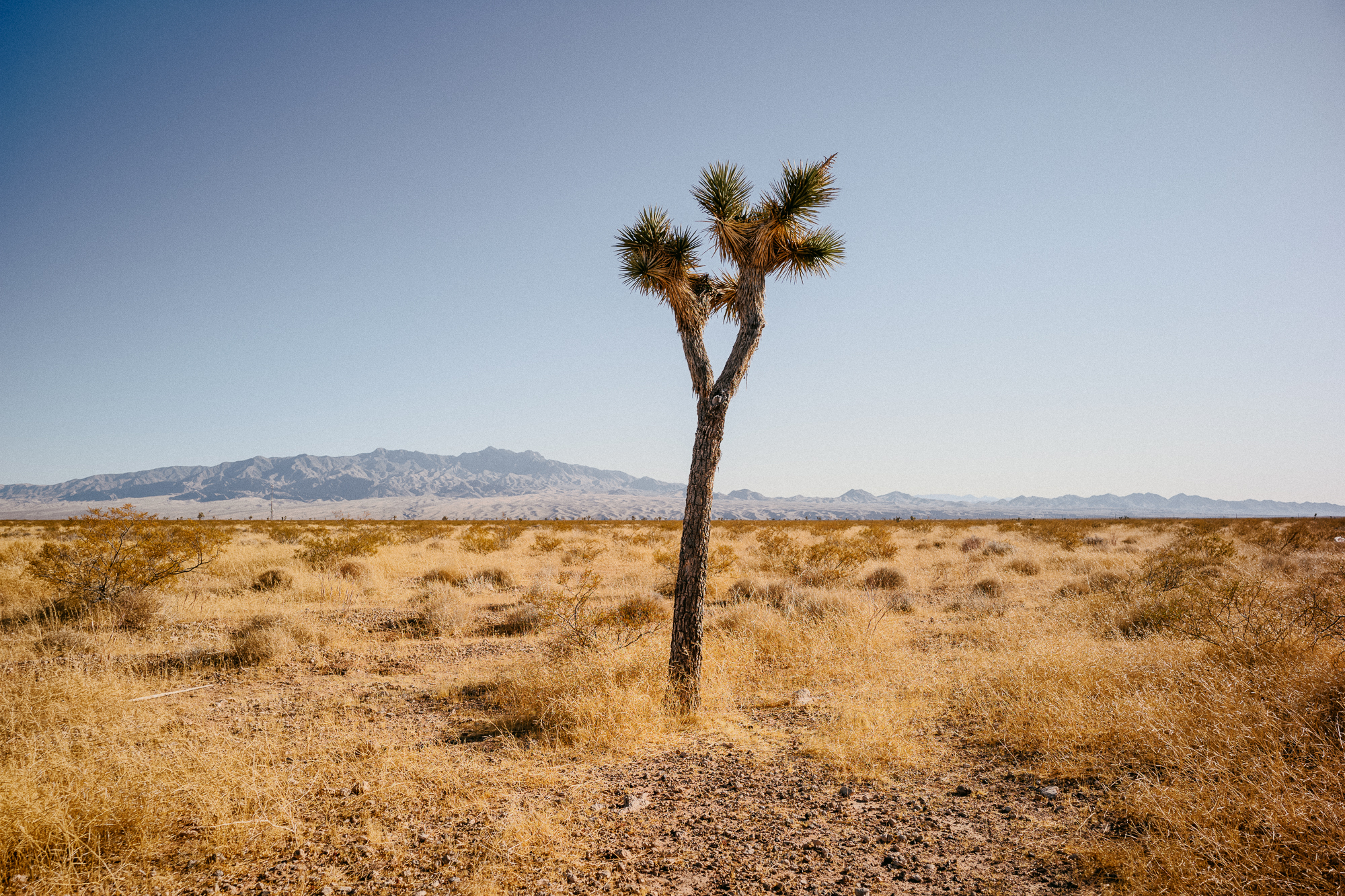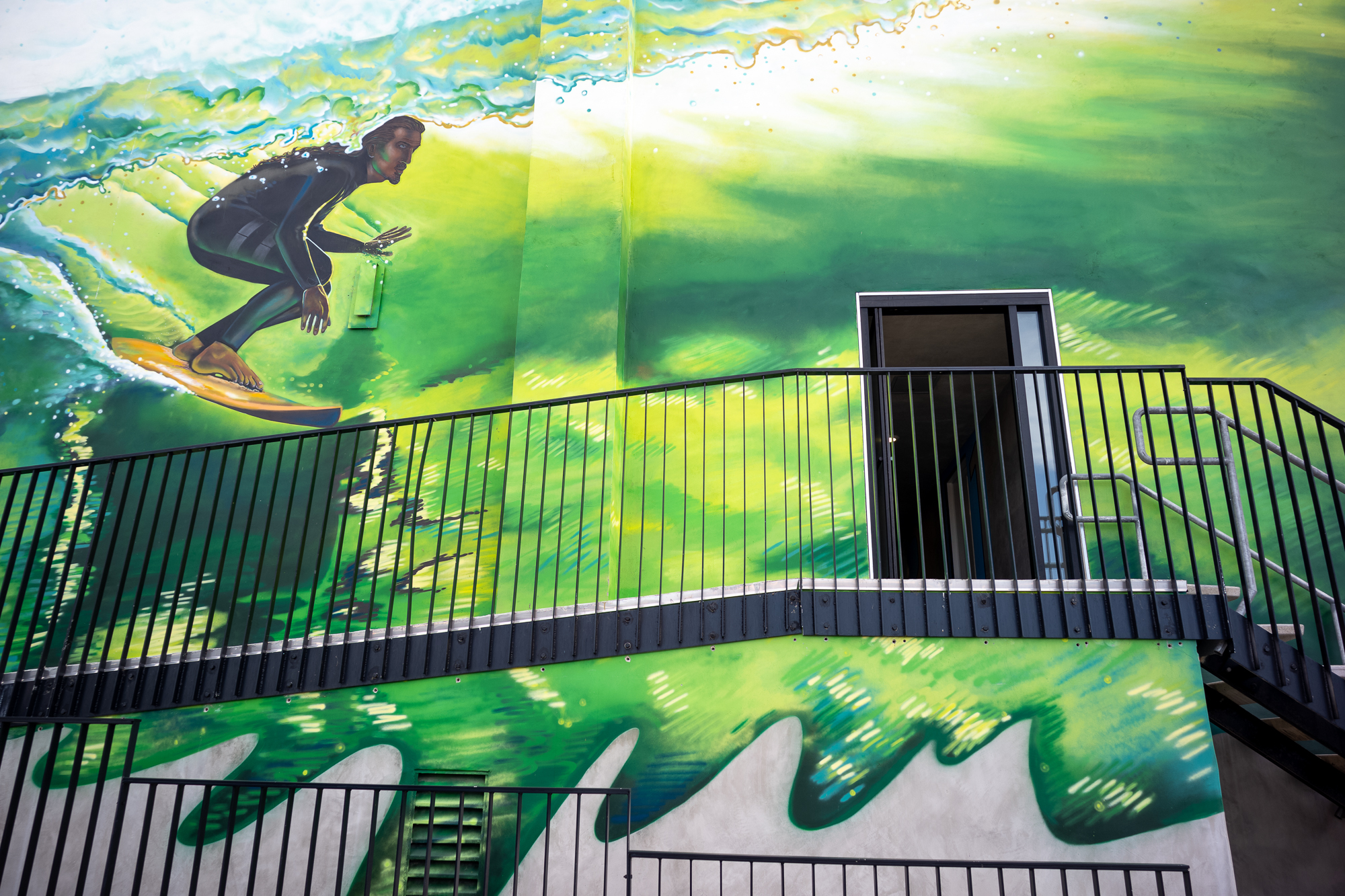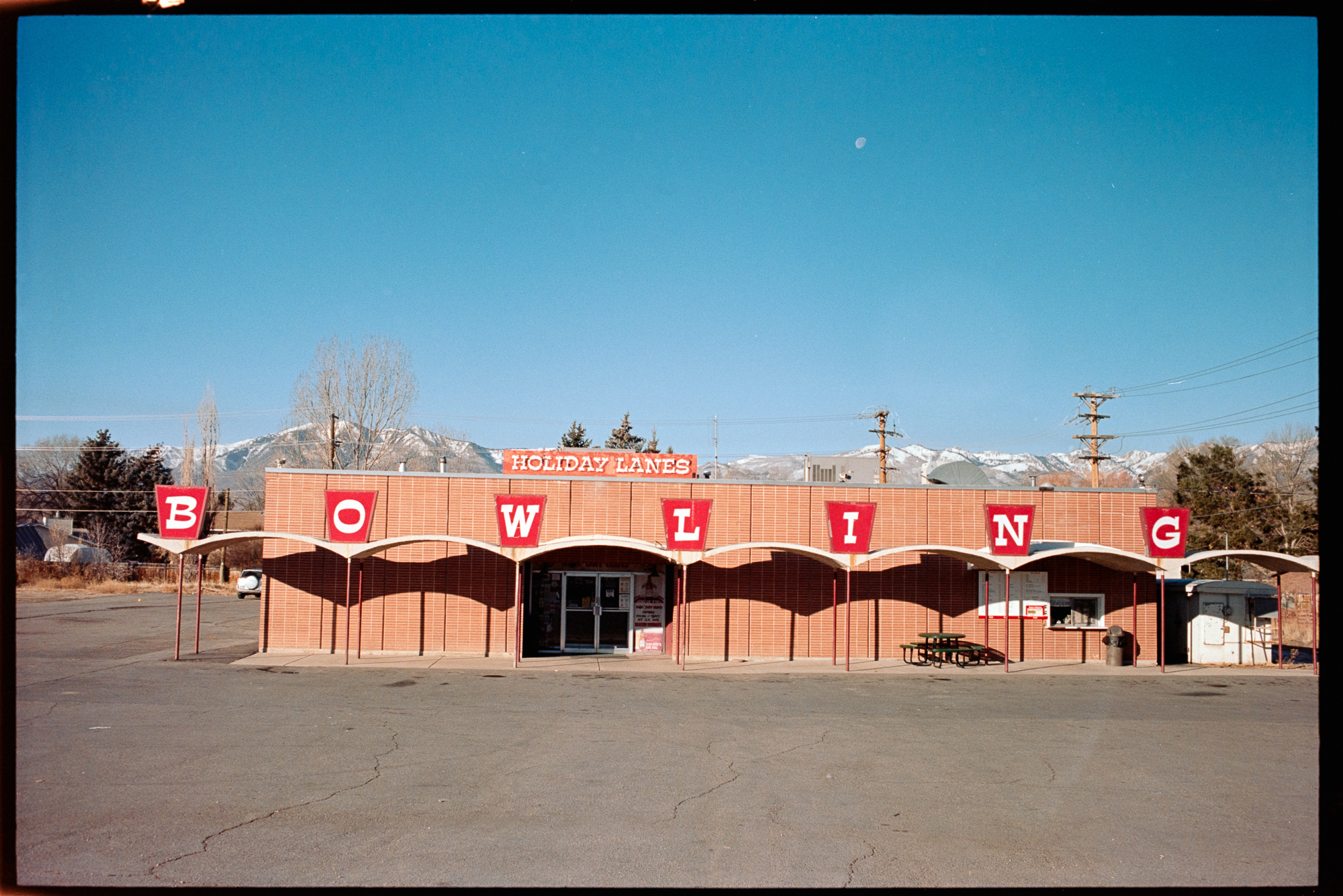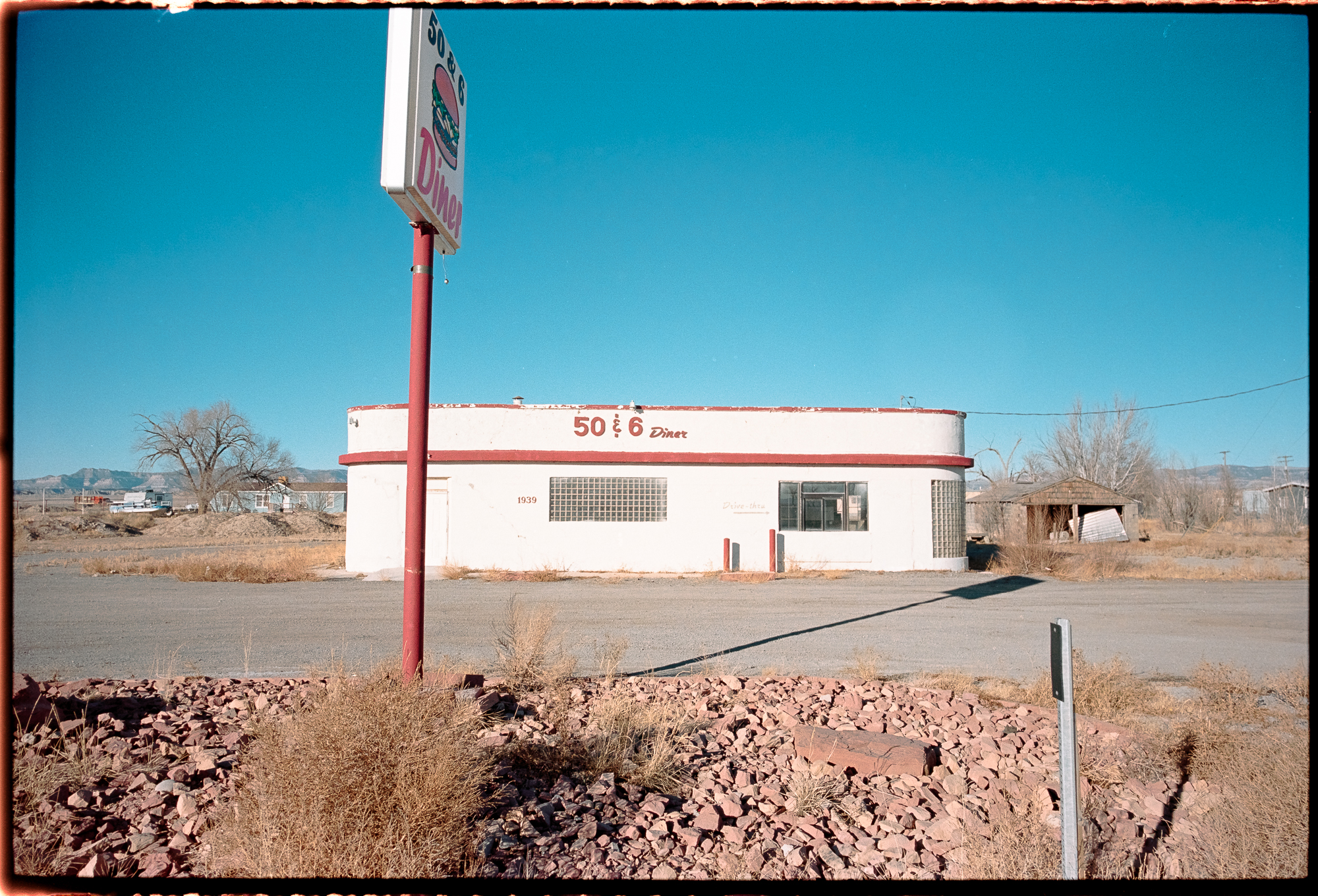In 2004, Zeiss introduced the Zeiss Ikon rangefinder camera and the line of ZM lenses. At this point in a review of anything with the word ZM in it, everyone on the internet seems to want to remind you that the ZEISS ZM lenses are (mostly) made in Japan by Cosina but I can’t see why that is important. It isn’t 1955 and by including that comment in a review, it seems to imply that the Japanese make substandard or at least sub-German standard equipment. Whatever. Anyway, regardless of where they are made, Zeiss reminds us that these lenses are designed by Zeiss and the lenses are made to their specifications. Why this is important to everyone (but me) I have no idea.
The Zeiss 25mm f/2.8 biogon lens has a single version but there is some weirdness when it comes to the lens mount. Some versions of the lens call up the 28/90 framelines and others call up the 35/135 framelines. I spent a little while on the internet trying to determine which serial numbers bring up which framelines and/or how you or I could tell one from another but I came up short and can offer you no advice on which lenses to buy if you want the 28mm or 35mm framelines. If you use my method of framing with a 25mm lens, the 28mm framelines would be ideal. Regardless of which framelines yours shows, it appears that you can have the mount on your lens changed by Zeiss to call up the other set of framelines. This lens comes in silver and black versions.
On garden gnomes and parked cars
If you have been following this website for the last several years and are doing your own math, you could make the argument that you should just stop hemming and hawing about which lenses to buy, pick up a set of Zeiss ZM lenses, and get on with your life. If you told me you were going to do that, I would respond and tell you that may be a practical approach but I would also tell you that you better be a “nubbin lover” and you probably don’t shoot black and white film.
Regarding your passion for nubbins….somewhere along the way, Mr. Carl Zeiss (or one of his Japanese or German employees decades later) decided that humans have tiny concave fingers and a convex focusing nubbin would work better than a concave focusing tab.
There is a Jonathan Swift quote that says, “When a true genius appears in the world, you may know him by this sign, that the dunces are all in confederacy against him.” With regard to Mr. Zeiss (or whomever designed that godforsaken nubbin on the ZM lenses) it is possible that they are a genius because myself and every other lens company seem to be in a confederacy against them.
This is my third attempt at leading the confederacy of dunces. I refer you to my previous anti-nubbin missives in the 35 and 50mm sections. For my chubster, bacon tong, squidget, fingers the nubbin is my nemesis. Absolutely anything else would work better in assisting me to differentiate the focusing ring from the aperture ring without looking at the lens.
Because both the focusing ring and the aperture ring are essentially smooth, when I use this lens I am forever hunting for the nubbin. When I give up, I am lost until I actually look at the lens. Moreover, the resistance on the focusing ring of the Zeiss 25mm Biogon ZM lens is just a little too stiff to make a nubbin work for me effectively on the rare occasion when I do happen to find it. Perhaps it is just my meat hook, sausage style, fingers but so many times I go to focus this lens and I start fiddling with the aperture ring. It is a maddening, albeit first world, problem.
Regarding your aversion to black and white film…If you are a film shooter there is another minor annoyance to consider if you thought that buying a full set of Zeiss lenses is the way to go. The filter sizes on the Zeiss lenses are variable. Some of the Zeiss ZM line of lenses have filter sizes as follows.
- Zeiss ZM Biogon 25mm ZM: 46mm
- Zeiss ZM Biogon 35mm ZM: 43mm
- Zeiss ZM Planar 50m ZM: 43mm
- Zeiss Sonnar 85mm ZM: 55m
This makes buying a single set of screw on filters that will work with your entire set of lenses difficult. I understand that filters are inexpensive and you are buying expensive lenses but carrying extra filters when you are traveling is a headache even if money is not an issue for you. This only bears mentioning because it is possible to get an entire set of Leica lenses with either a 39mm or 46mm filter thread. The 43mm filter thread on the 35mm Biogon ZM makes mixing the Zeiss lenses with Leica lenses difficult without buying extra filters. The 25mm Biogon ZM, however, is the bright spot with its 46mm filter thread which makes mixing and matching it with the modern Leica 46mm filter threads convenient.
All of this is likely of no consequence if you shoot digital (many digital photographers do not use filters anymore) but if you are a film shooter it is enough of a pain for me to say – sure you can go with a full line of Zeiss lenses but it would have been neiss for Zeiss (hee hee neiss for Zeiss get it? So dumb. Sorry.) to have made a single size filter thread across the line or at least match Leica and use only 46mm or 39mm filters so you could mix and match Leica and Zeiss at least if you are predisposed to cross-cultural, interethnic, photographic relationships.
The lens hood is sold separately which is a minor annoyance. A somewhat larger annoyance is that the branded hoods that use the bayonet mount are expensive and can be hard to find. The rounded 28/25mm hood or the square 21/25mm Zeiss branded hoods both fit.
There is one last very minor issue. This lens focuses to 0.5m and you already know how I feel about close focusing rangefinder lenses. Unlike other focal lengths, however, in my months of shooting with this lens, it was not an issue in any image. It would appear that I infrequently close focus a 24/25mm lens. Your mileage may vary but this is something to keep in mind if you plan on zone focusing or shooting from the hip at near focus on a Leica rangefinder.
Does it have SOUL?
Who cares?
Seriously.
Who cares?
Who cares about SOUL with wide(r) angle lenses? Not me.
In my world, wide angle lenses require a different evaluation criterion than normal or telephoto lenses. When I am shooting wide(r) angle lenses, there is a good chance that the entire scene is important. Unlike other focal lengths where you might be focusing on something in the center of the image, with wide(r) angle lenses the whole purpose of shooting with these lenses is precisely because the margins and background are important. What happens on the margins of the images matters. Kooky character, weird distortions, vignetting, etc. tend to have a larger than expected negative impact on the image when compared to normal and telephoto focal lengths.
In LLFNP terms, SOUL is less important for my wide-angle lens purchasing decisions. With wide-angle, I generally want/need things to be more technically perfect from edge to edge.
So, back to the question. Does it have SOUL? Not really but that is a good thing at 24mm. It is pretty much as sharp as I would ever need, crisp, clear, perfect except for one thing….when shot wide open it vignettes strongly.
This was unexpected and potentially important. This lens vignettes so strongly I had a tough time removing it in post. That is an issue. This effect largely goes away by f/4. Here it is the effect at 2.8 on the Leica M10.
 It acts the same adapted to the Panasonic S1 with the Kolari Vision thin sensor conversion. This effect, however, is much less pronounced on my M7 with film (obviously). I am not smart enough to even attempt to explain why that might be the case.
It acts the same adapted to the Panasonic S1 with the Kolari Vision thin sensor conversion. This effect, however, is much less pronounced on my M7 with film (obviously). I am not smart enough to even attempt to explain why that might be the case.
To give you an idea of how worked up I am about this vignetting business, on a 1-10 scale of importance, the vignette issue for me is a 5. This might not make sense immediately after I just explained how important it is but, as a general rule, when I shoot wide(r) focal lengths, I don’t generally shoot wide open. Remember, in most cases with wide(r) angle images the entire frame is important and I want most things to be in focus. For those times where I shoot wide open, one would also have to assume that I am doing so to focus on something in the center of the image so the vignette would also become secondary OR I am shooting at night or low light with film and, as stated previously, this effect is not as prominent on my M7.
Does it sound to you like I am doing some kind of stream of consciousness, self talk, going back and forth between telling myself the vignette is OK while knowing I would prefer not to have it? Does it sound like because there are so few 24mm options in the LLFNP price range, I am convincing myself that massive vignetting is acceptable? Does it sound like that? Really? Good because that is exactly what you are hearing.
I spend my days trying to make images that don’t look like they are shot on an iPhone. This is a minor obsession of mine. The best camera is actually not the one you always have with you if everyone thinks they can make the same image with the phone in their pocket but that is a story for another post and probably an unreasonable pathology of mine. Given that this lens is so perfect and the focal length is similar to an iPhone, don’t be surprised if you post a digital image from this lens on Instagram someone might mistake it for an iPhone image. On Instagram you miss the subtleties of this lens. Don’t hate your friends and family. They don’t mean it.
So did I keep it?
With so few 24mm options I could probably just keep everything and pick what I want on a day by day basis but that is not the goal of LLFNP and that probably won’t help you at all if you are looking to buy a single lens. To learn which lens(es) I kept and which ones I recommend to my family, friends, and even people I don’t know, please join my Leica Lenses for Normal People: The Recommended List where I do just that. There is a 100% money-back guarantee so what the heck? Your contribution will go a long way to supporting this site and letting me know that this information was useful to you.




